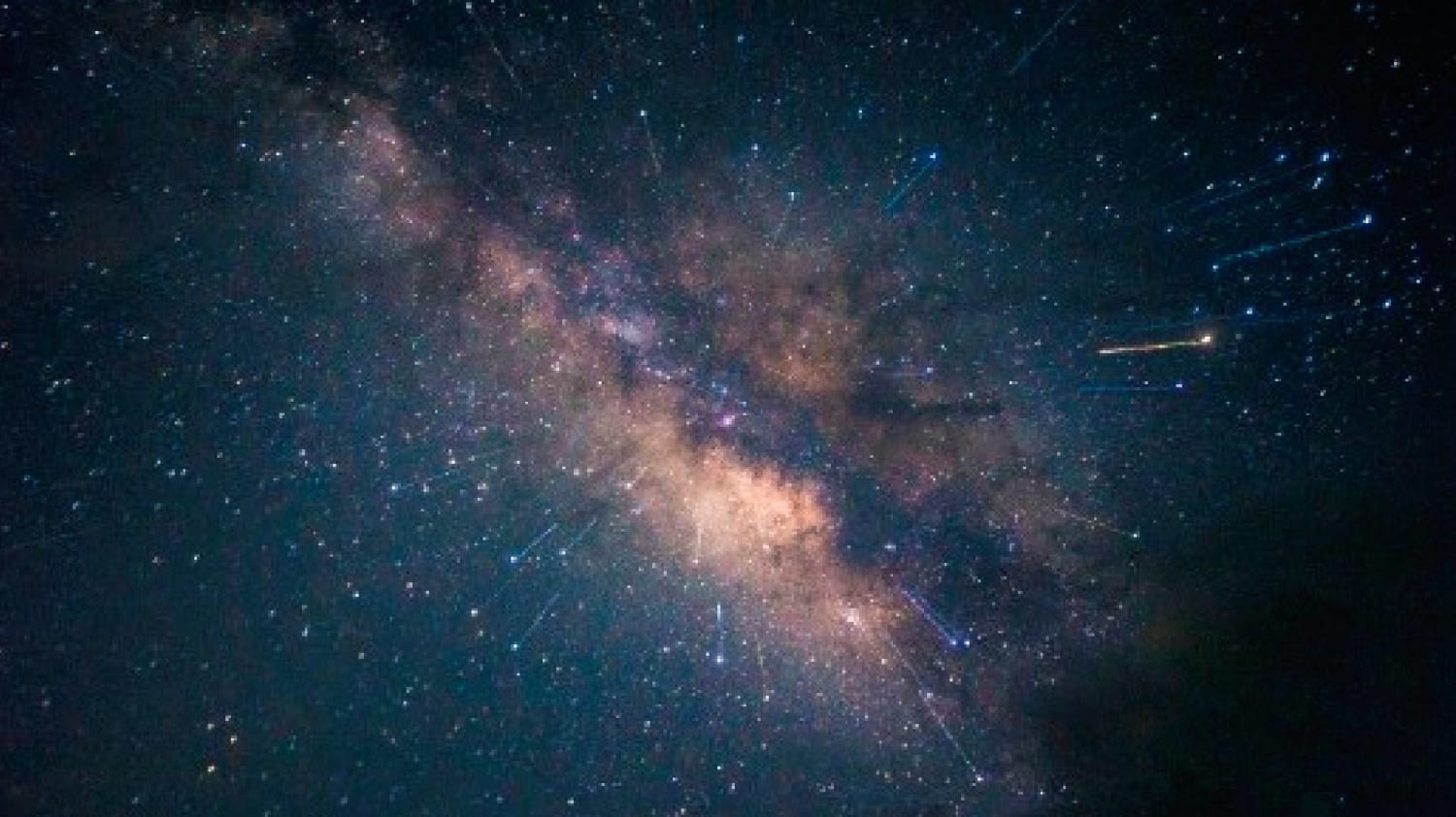He The James Webb Space Telescope (JWST) has discovered a large group of faint red spots in the distant universe that could be supermassive baby holes, an unexpected discovery that could change the way we understand the origins of these massive objects.
The research, led by Jorid Matthi, assistant professor of astrophysics at the Austrian Institute of Science and Technology (ISTA), and published in 'The Astrophysical Journal', explains that until the advent of the web, these types of objects were “indistinguishable”.
The new telescope, a hundred times more sensitive than Hubble, will be able to see the universe even better than its predecessors and even observe the first galaxies, thanks to the fact that, above all, it works in the infrared. Look for cool objects that are very far away or hidden behind dust.
In its first year of service, it observed unprecedented things, but this collection of tiny red dots could be an “unexpected improvement,” according to the study.
Although it wasn't created, “JWST helped us determine that the dim red spots seen in the universe's distant past are miniature versions of supermassive black holes, which could change the way we understand the origin of black holes,” says Jorid Mathie, professor at ISTA and lead author of the study.
The discovery could bring us a little closer to the biggest dilemma in astronomy, by learning how supermassive black holes form.
SMBH, the most intriguing objects in space
These enigmatic objects have so much gravity that they absorb anything (cosmic dust, planets, and stars) while altering the space and time around them in such a way that even light cannot escape.
General relativity, published by Albert Einstein over a century ago, predicts that black holes can have any mass.
Some of the most intriguing black holes Black holes Supermassive (SMBH), which can reach between millions and billions of times the mass of the Sun.
Astrophysicists agree that an SMBH exists at the center of almost all massive galaxies. Evidence that Sagittarius A* is an SMBH with four million times the mass of the Sun at the center of our galaxy earned him the 2020 Nobel Prize in Physics.
See also:
But not all SMBHs are the same. While Sagittarius A* can be likened to a dormant volcano, other SMBHs grow more rapidly, engulf astronomical amounts of material, and are so luminous that they appear at the edge of an ever-expanding universe.
These SMBHs are called quasars and are among the brightest objects in the universe.
“One of the problems with quasars is that some of them appear to be disproportionately large, very massive, given the age of the universe in which the quasars are observed. We call them problem quasars,” Matthi explains.
“Taking into account that quasars form from the explosions of massive stars—and we know their maximum growth rate from the general laws of physics—it seems that some of them grew faster than we thought.” It is possible. It's like watching a six-foot five-year-old. Something just didn't add up,” he explains.
Giant cosmic monsters
In the new study, Matthee and his team identified a number of objects that appear as tiny red dots in JWST images.
“While 'problem quasars' are blue and very bright, reaching billions of times the mass of the Sun, red spots are like 'baby quasars.'' Their masses range from tens to a hundred million solar masses.
Additionally, they appear red because they are covered in dust. “Dust obscures black holes and reddens colors,” he explains.
Mathie and his team believe that over time, “the flow of gas from the black holes will pierce the dust core and giants will form from these tiny red dots.”
Therefore, they suggest that small red spots are smaller red versions of giant blue SMBHs. Problematic quasars.
“Studying the baby versions of very massive SMBHs in more detail will allow us to better understand how problematic quasars form,” he concludes.
(with information from EFE)
related to
NASA has revealed stunning images of the universe taken by the James Webb Telescope
The Webb Telescope has discovered the oldest black hole ever observed

